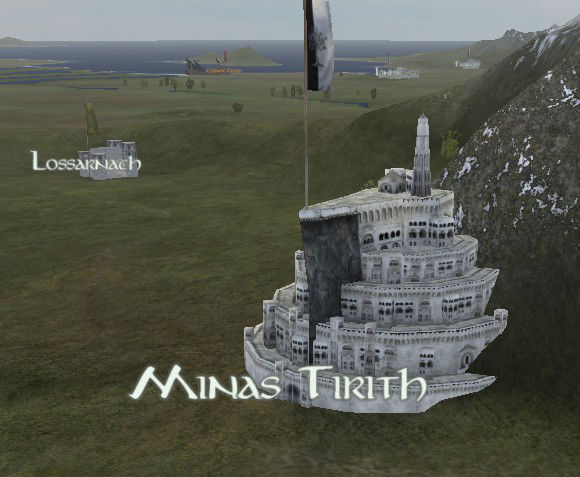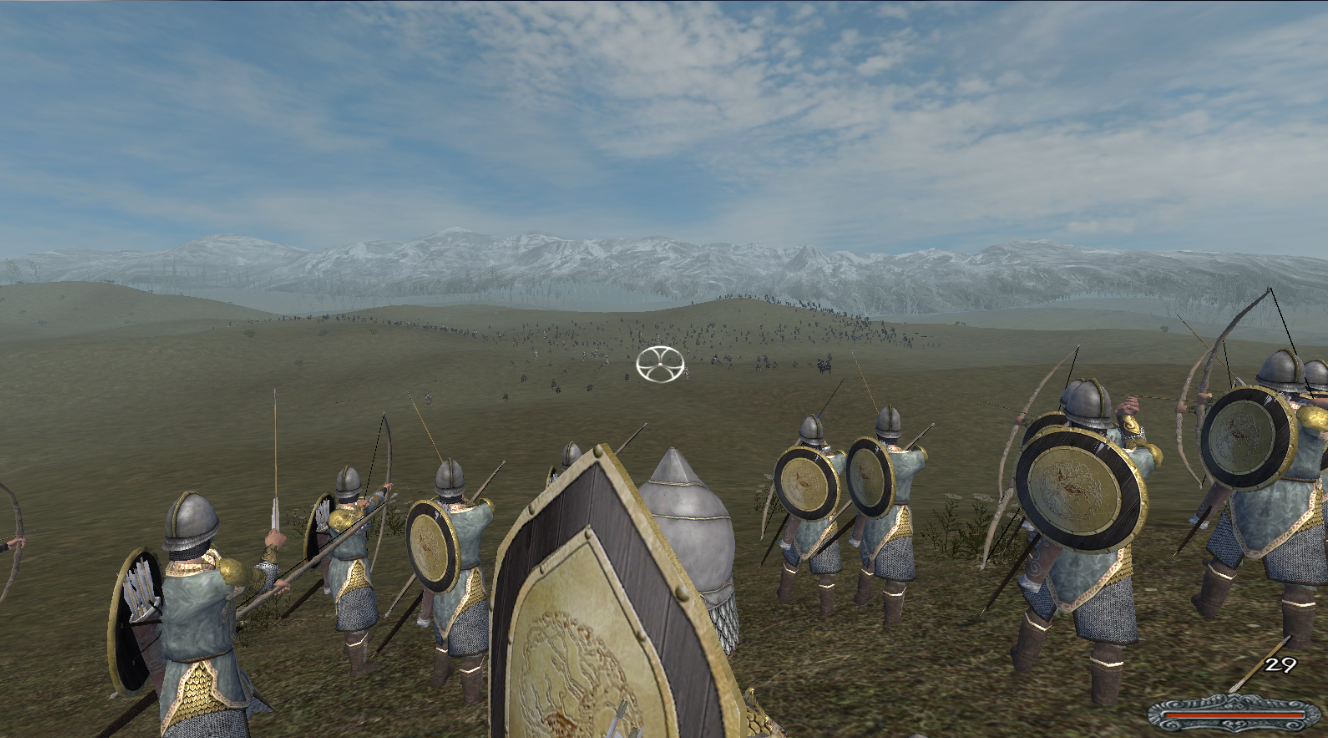
In the Middle Ages, this thought clearly resounded in the teachings of Joachim of Fiore (1135?−1202) whose idea was that history was divided into three ages-the Age of the Father (Old Testament), the Age of the Son (New Testament and Church), and the Age of the Spirit (Third Testament and new Spiritual Church) which is still to come and in which new religious orders would inaugurate a new Spiritual Church here on the earth. The three ages, as propounded by the authors of the Babylonian Talmud, refer to the chaotic age before the Law, to the age of the Law of Torah, and to the future Messianic age which is still to come. The disciples of Elijah taught: The world will continue for six thousand years, the first two thousand of which were a chaos ( Tahu), the second two thousand were of Torah, and the third two thousand are the days of the Messiah, and because of our sins many years of these have elapsed, and still he has not come.

In the third part, the Age of the Spirit is approached and defined as a future messianic-utopian era in which a hidden and forgotten inner spiritual core will be revealed to us and in which humanity will give itself a gift of becoming spiritually transformed and divinized. Also by tackling strong Islamic influences, we try to find a new opening towards the post-Christian era beyond the mentioned anthropotechnics/atheism divide. The second part is entirely dedicated to Amalricians and their teachings. We argue that even in these secular times, the salvation history still remains unfulfilled and that our world is in need of a new, post-Christian materially spiritual narrative.

This is followed by a critical approach to Sloterdijk’s You must change your life in which religion is substituted by the anthropotechnics.

In the first part, we start with the idea of the three eras. This paper deals with the concept of three eras, as brought to us firstly in the Babylonian Talmud, and later reshaped and reformulated by Christian theologians Joachim of Fiore, Amalric of Bène, and finally by Luce Irigaray.


 0 kommentar(er)
0 kommentar(er)
